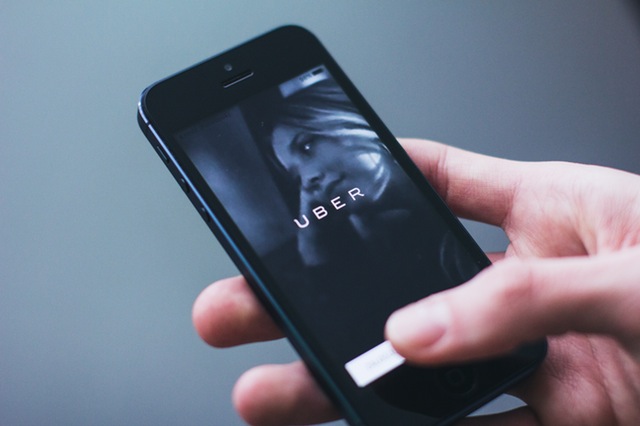History says that the ancient Romans created the first version of a taxi meter. Some linked metals discs count off the turning of a cartwheel and marked the distance by pebbles falling into a box. If this story is true you can bet that rules and regulations were imposed pretty quickly after that. Horse drawn carriages in London and Paris regulated carriages as early as 1600. In North America, cities started limiting and licensing taxis just after the Great Depression.
Municipalities try and find a balance that offers the right amount of cabs. Too many and quality and wages suffer, too few and passengers suffer. When there are too few there are “driving services” or gypsy cabs that show up to fill the void. Getting a taxi license in any major city is an expensive and difficult caper, these keeps a reasonable number of cabs on the road.
Along Came Uber
Based out of San Francisco, Uber calls itself a “peer to peer” ride sharing service. It uses a smartphone app using GPS to match customers to nearby drivers. Riders can track the whole trip in real time and pay the fare electronically. Uber has only been in business about 5 years but it has expanded to more than 200 cities spread over 6 continents. The company is now valued at somewhere near $50 billion. It doesn’t much care about the rules that govern taxis in each municipality either.
A Not so Warm Reception
Despite the explosive growth, Uber has faced its fair share of legal challenges along the way. In the US alone more than 50 lawsuits were filed in Federal court and in Canada the city of Toronto filed for a court injunction against Uber claiming that since 2012 it has been operating an illegal taxi and limo firm. Uber has maintained that they are a technology company and not obligated to conform to the licensing standards in various cities.
Using Toronto as an example, taxi drivers must pay $5,000 per year for a permit and insurance runs about the same annually. Bear in mind that this is fairly cheap when you put the fees up against cities like New York or Chicago where taxi permits can be sold for $1 million. Uber drivers come along and pay none of those fees, while charging the same rates as a traditional taxi. Taxi drivers have been livid, and justifiably so. City coffers have been taking a hit too so they aren’t in love with Uber either.
Riders Love Uber
As much as Uber is loathed by the taxi industry it is loved by the public. It is easier than hailing a cab, wait times aren’t as long and it is easier to pay. The public have even started petitions in cities like Vancouver where there are strict regulations governing taxis. The public also views it as government trying to crush the small business owners by not allowing Uber to operate. Not being regulated is not without risk and it Uber has come under fire more than once for less than professional conduct by the drivers and the lack of screening process. Here is a video of some Uber horror stories.


Be First to Comment